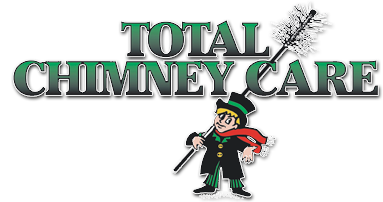Carbon monoxide gets a lot of buzz. We hear warnings in the news regularly about the dangers of carbon monoxide and how we should protect ourselves, our homes and our families from the potentially deadly gas. But is all the buzz just hype, or is carbon monoxide truly dangerous? If it is, how can you keep your home and family safe?
The dangers of carbon monoxide
The truth is carbon monoxide is dangerous. It can cause irreparable damage and even death. Here’s why: When inhaled, carbon monoxide bonds with the cells in your blood, taking the place of oxygen. Also, with carbon monoxide edging it out, oxygen can no longer enter your blood stream and make its way throughout your body and to your organs. That can lead to organ damage and even death. Carbon monoxide is made more dangerous by the fact that it is odorless and invisible. So, in most cases, most people can’t tell that they are being exposed to carbon monoxide.
How carbon monoxide forms
Carbon monoxide results from incomplete combustion. So, whether it’s a malfunctioning heating appliance or hot water heater, a fireplace with a blocked chimney, or a car or generator that isn’t properly ventilated, carbon monoxide can come from any appliance or machine fueled by combustion.
Signs of carbon monoxide poisoning
At the early stages, carbon monoxide exposure mimics symptoms of the flu. Also, people who breathe in carbon monoxide experience headaches, fatigue, nausea, achiness and exhaustion. If not removed from the source of the carbon monoxide, people can become weak, confused or forgetful. And, they can vomit or lose consciousness.
How to prevent carbon monoxide exposure
Maintaining your appliances is the first step in protecting your home from carbon monoxide poisoning. So, fireplaces, furnaces and chimneys should be cleaned and inspected by a professional at least once per year. Clothing dryer vents also need to be cleaned once per year to prevent blockages that can allow carbon monoxide to back up into your home. Also, make sure that you never burn anything in your fireplace or heating stove that wasn’t intended to be burned, don’t use outdoor appliances — like camp stoves or generators — indoors. Never leave a car running in the garage, even with the door opened.
Carbon monoxide detection
To keep your home and family safe from carbon monoxide poisoning, you also should equip your home with carbon monoxide detectors. Also, carbon monoxide detectors should be installed on each floor of your home and outside of all sleeping areas. Check your carbon monoxide detectors regularly to make sure the batteries are fresh and the carbon monoxide detectors are in working order.
If you are concerned about carbon monoxide hazards in your home, call the experts at Total Chimney Care! We clean and inspect chimneys, oil flues and clothing dryer vents. And, we can spot carbon monoxide hazards in and around your appliances. We can help you resolve any hazards and provide you with carbon monoxide safety tips.
